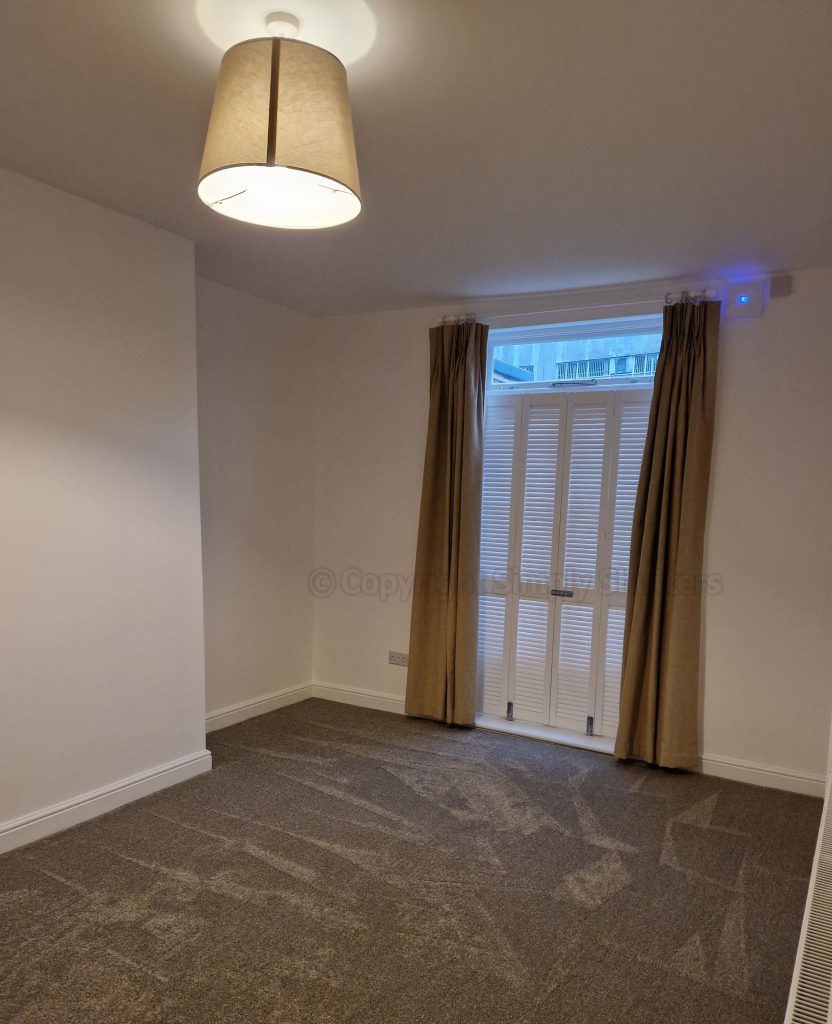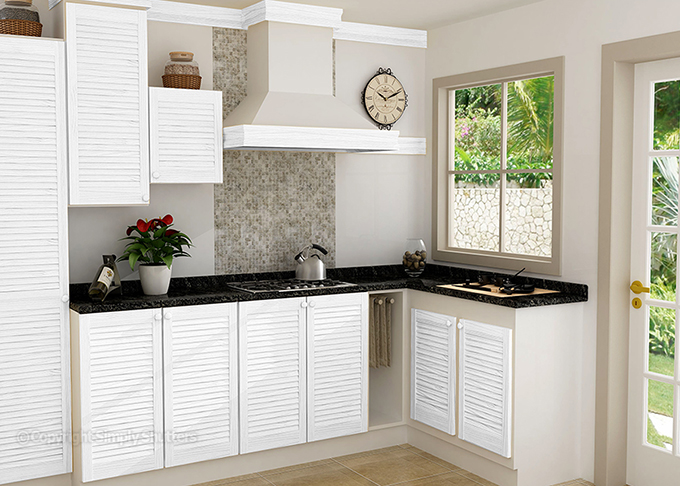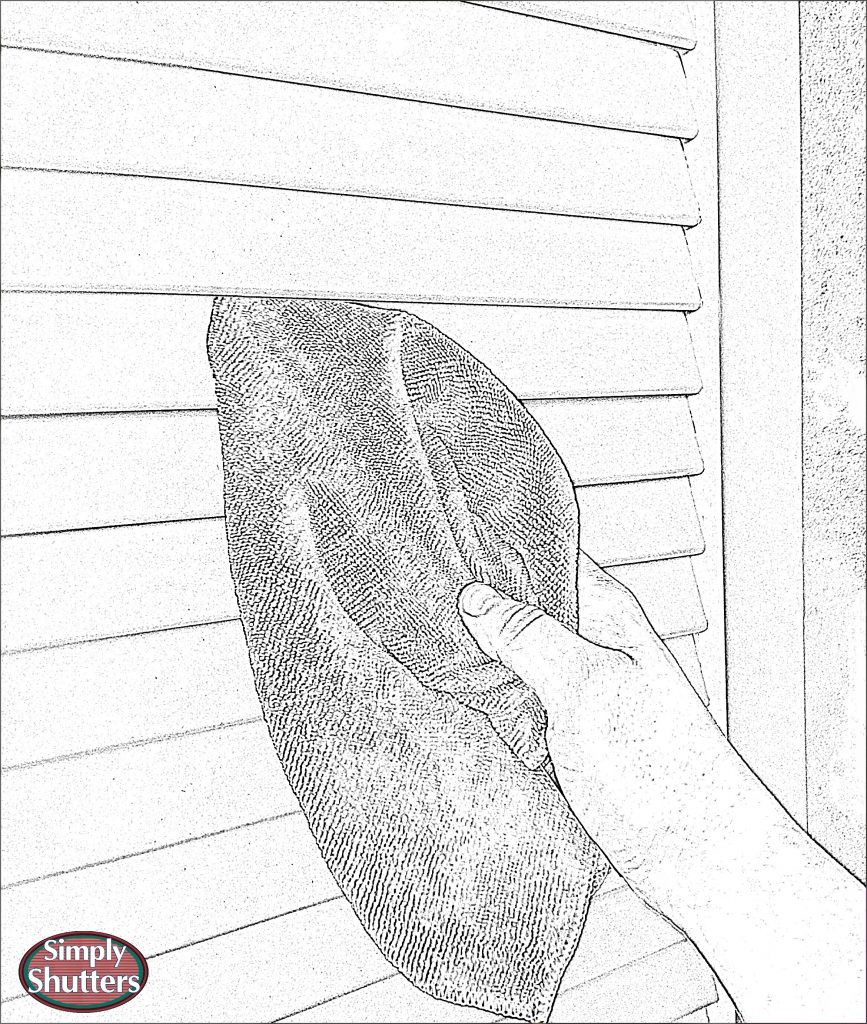2022
Tips for measuring for interior louvre doors
Updated: 21/09/2023
Interior louvre doors are a great asset to any home and are ideal for use in most rooms including kitchens, bedrooms, and bathrooms. If you have decided to purchase louvre doors for your home your first step is to measure the opening/s where you are planning to install the doors.
If you have never done this, you are probably asking yourself; how are louvre doors measured? This is where we can help you, here is our list of tips to consider when measuring an opening for interior louvre doors:
Tools required:
- A tape measure.
- A notepad and pen to make a note of sizes.
- A friend or family member to help
1. Make sure you measure the height and the width.
When measuring the door opening you will need to measure both the height and the width. Starting with the width, first take a measurement from the top, the middle and from the bottom. This will give you 3 measurements.
Do the same for the height of the door measuring from the right hand side, middle and left hand side. You will be left with 3 width and 3 height measurements.
Choose the smallest measurements from each to determine the size of the door you need.
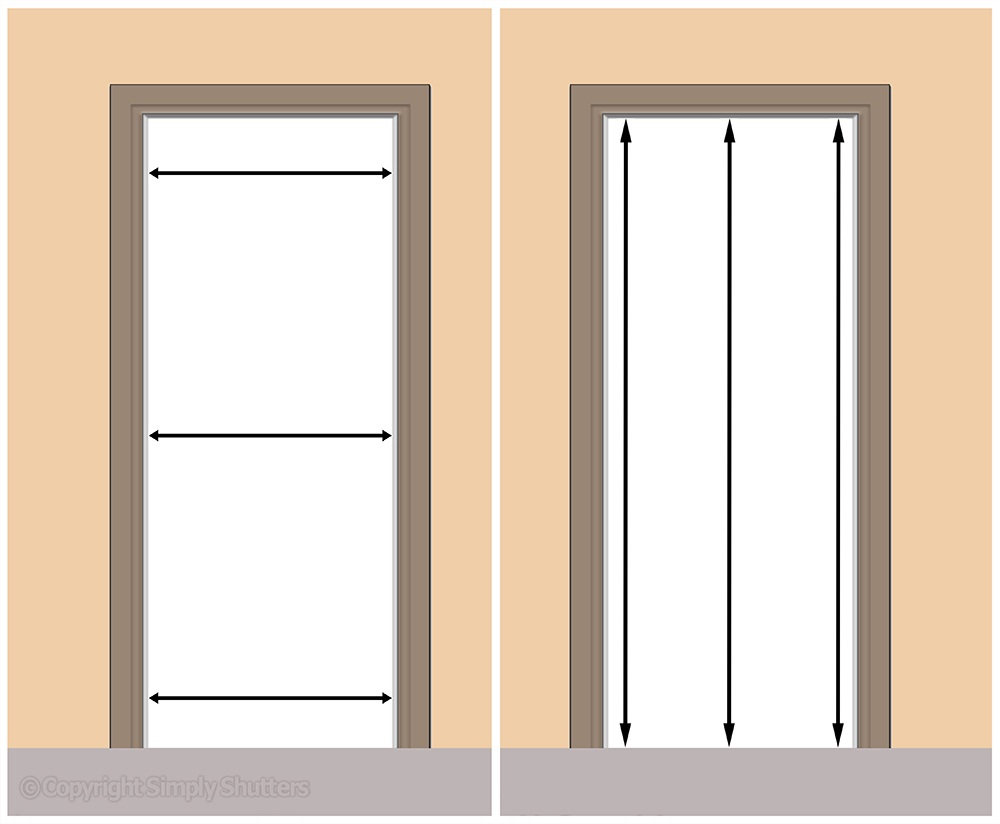
2. Allow for door movement and hinge placement.
When you have your final measurements, you will need to allow for door movement and hinge placement so deduct 4mm from the overall height and width to provide a 2mm gap all round.
Top Tip: if you are planning to install carpet or already have a carpeted floor you will need to deduct a little from the height measurement so you are able to open and close the louvre door without rubbing.
3. Measure the depth of the door reveal.
Depending on how you intend to install your louvre doors, you may need to measure the depth of the reveal to ensure that the louvre door does not sit proud of the frame.
Interior louvre doors are available in different thicknesses with the most popular being 28mm.
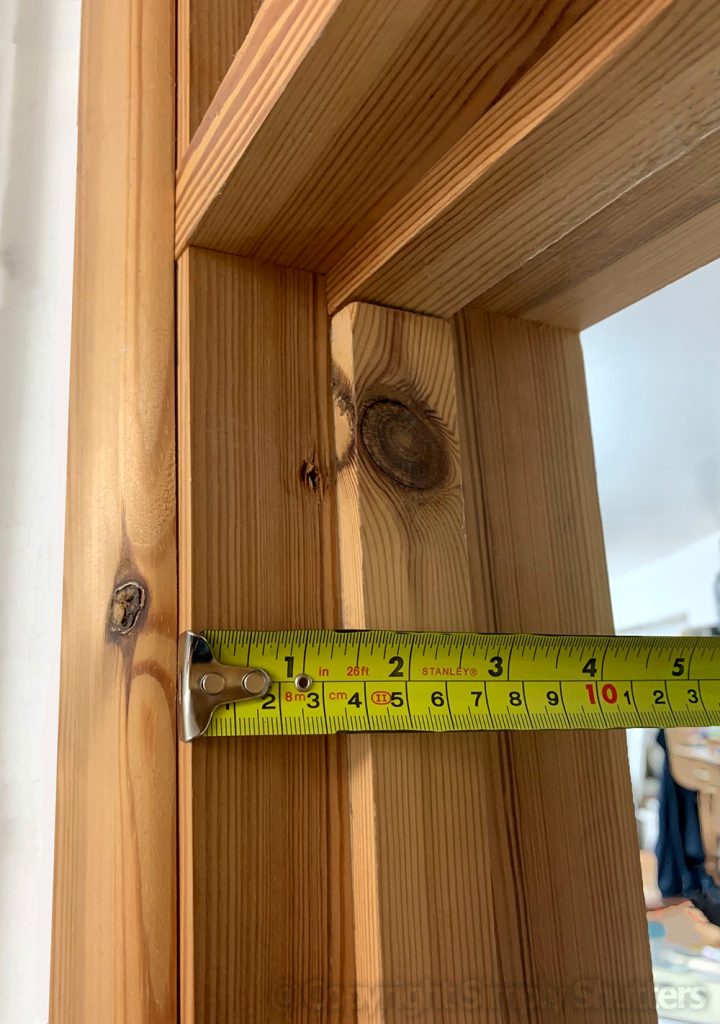
4. Measure every opening.
If you are planning to use louvre doors in multiple locations, make sure you measure each opening. Do not make the mistake of assuming that all openings are the same size.
Top Tip: if you are replacing old doors, it is very important that you measure the space/opening and NOT the door/s that are being replaced. This is because the existing door/s may not be a good fit or might have warped/ shrunk/ expanded or worn over time.
5. If in doubt ask for help.
Get a family member or friend to check your measurements.
6. If you can’t find the stock size you need there’s still options for you.
If you’re wondering what sizes do louvre doors come in you won’t be disappointed by the huge range of ‘off the shelf’ sizes available. However, if you are struggling to find the size you require you needn’t worry as there are still some options.
1) Reduce the size of the door opening to accommodate a smaller size door.
2) Buy a door that is bigger than the opening and reduce it to the size you need.
*Top Tip – If you do need to reduce the size of the louvre door you should first check if the door can be trimmed.
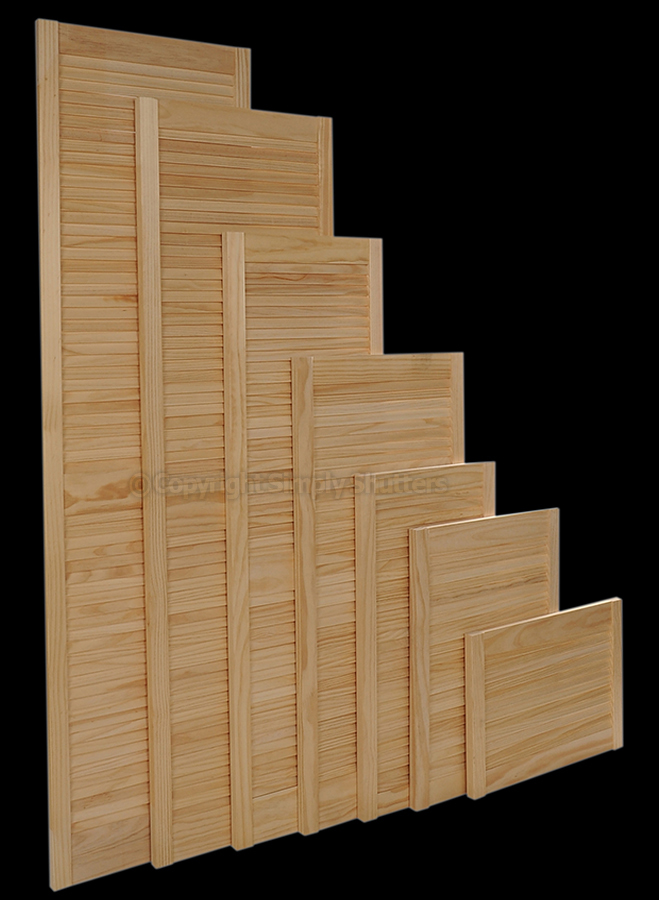
7. High Line Pine Louvre doors can be trimmed.
If in doubt about whether louvre doors can be cut down to size, the great news is High Line Pine louvre doors are trimmable.
We recommend trimming no more than 20mm from the overall height of the doors (10mm from the top and 10mm from the bottom) and 6mm from the overall width (3mm either side).
Removing more than this can reduce the strength of the door that might cause it to warp. If you need a door size that involves trimming more than the recommended amount another option is to modify the louvre door to the exact size you need. This involves taking the door apart, cutting to size and reassembling.
Top Tip: If you are trimming a pine louvre door be careful not to cut through a dowel that holds the doors frame together. If you are unlucky enough to cut through a dowel don’t worry; there is a simple fix. You can use a long screw through the side of the door frame to do the same job as the dowel. Countersink the screw and back fill with wood filler for an invisible finish.
8. Take into consideration what obstacles might be in the way.
Depending on whether you want the doors to open inwards or outwards you will need to look at the surrounding area to see if there are any obstacles that could stop the door from opening fully (i.e. a radiator, wall or banister).
Top tip: If installing two doors consider using two different widths to miss any obstacles. (one side wider than the other).
Click here to see our full range of louvre doors.
